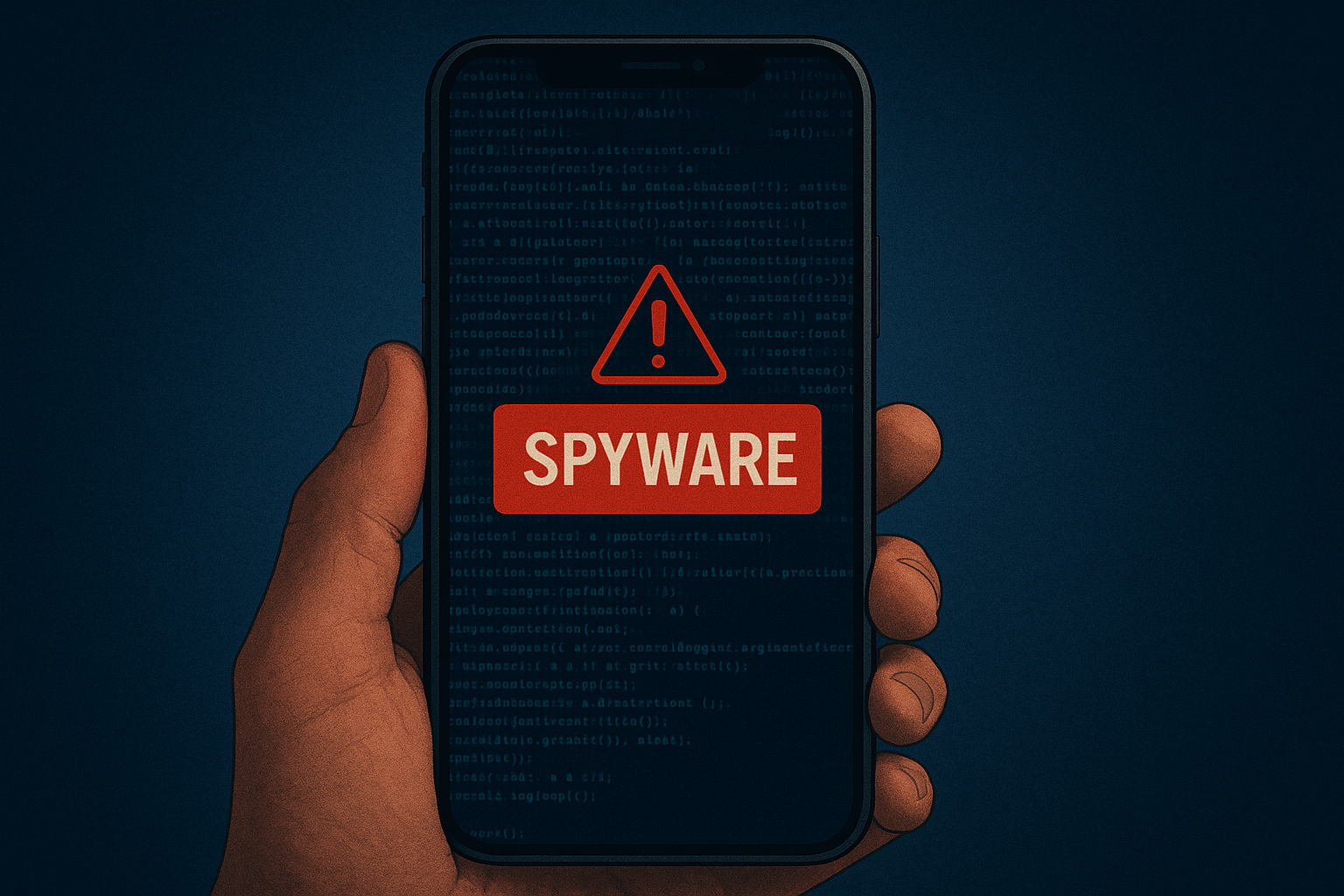Internet Message Access Protocol (IMAP) is a standard email protocol, first widely deployed in the 1980s, that stores email messages on a mail server, but allows the end user to view and manipulate the messages as though they were stored locally on the end user’s computing device. This can help employees at a business to organize messages into specific folders, let clients know which email have been read, flagged for urgency, or follow-up and save draft messages on the server.
Source: TechTarget
Additional Reading: Where does IMAP Security Fall Short?
Many businesses have left IMAP for webmail services such as GSuite and O365 because they generally are far more secure than IMAP. They provide encrypted access, two-factor authentication, and robust services that have far exceeded the capabilities of IMAP. If your business is still relying on IMAP, get off of it today!
Discover and share the latest cybersecurity trends, tips and best practices – alongside new threats to watch out for.

Cybercriminals always follow Internet eyeballs. Not literally, but figuratively. And today's eyeballs are...
Read more
Active Attacks on Messaging Apps The Cybersecurity and Infrastructure Security Agency (CISA) recently issued...
Read more
The world of work has changed enormously since COVID-19. Gone are the days when IT admins sat behind a corporate...
Read moreGet sharper eyes on human risks, with the positive approach that beats traditional phish testing.
